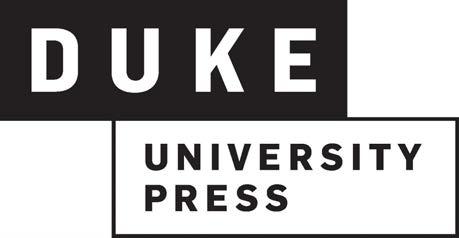
2 minute read
The Waterfall at the End of the World: Earthquakes, Entropy
people witnessing their institutions decaying (we academic anthropologists inhabiting the university system need not go on a long ethnographic trip and live in an exotic culture to recognize the experience behind such tropes). Martin Demant Frederiksen has written a rich ethnographic piece detailing the oppositional politics triggered by public renovations that have decayed too soon in Tbilisi. As he put it: “The central issue was that any of the newly built structures began to decay shortly after having been built, turning immediately into ruins despite being envisaged as political visions of the future” (Frederiksen 2016, 50). Frederiksen’s piece conjures the specter of so many housing, agricultural, or industrial development projects in the world that begin as a vision of a better future but then decay too soon. It also conjures images of the new consumer products that capitalism increasingly produces and that are purposefully designed to disintegrate too soon, so as to ensure that economic activity continues in the industries producing them—though here one needs to differentiate between and examine the complex relation among malfunction, mechanical disintegration, and decay, as they are not the same.
But of all the pathologies of decay, none has activated the macabre side of the modern imagination the way the idea of an “advanced but arrested decay” has. In its “normal” mode of existence, bodily decay indicates a direct relation to dying. It does so in that, the more “advanced” the living body’s state of decay, the more it is a sign of its approaching death. However, this relationship is made more ambiguous by two facts. The first is the fact that decay continues after death: while an increasing decay brings us closer and closer to death, death itself does not bring an end to bodily decay. Second, and related to the above, is that even in old age our conception of ourselves is more that of an ageless soul than of an aging body—an imaginary played out in the opposition between embalming and crematory practices. It is the fissures created by these ambiguities that open the imagination to the figure of the not-yet-dead, or, more ominously, the zombie, the figure of the shouldbe-dead-but-isn’t. Here we have the pathology of an extreme state of decay that stops being a process—a transitional state that actually becomes a permanent condition. The entire resources of the anthropologies of liminality and in-betweenness can be productively brought to bear to deal with such a figure and the questions it raises. As zombie film fans often ask: “Zombies must have a half-life. They exibit [sic] signs of decay as soon as they transform into the undead. Their rotting flesh would attract decomposers, like flys [sic] and beetles. Those insects should be able to quickly break down rotting zombies and reduce them to bone through the action of their maggots, but
4 | Ghassan Hage


